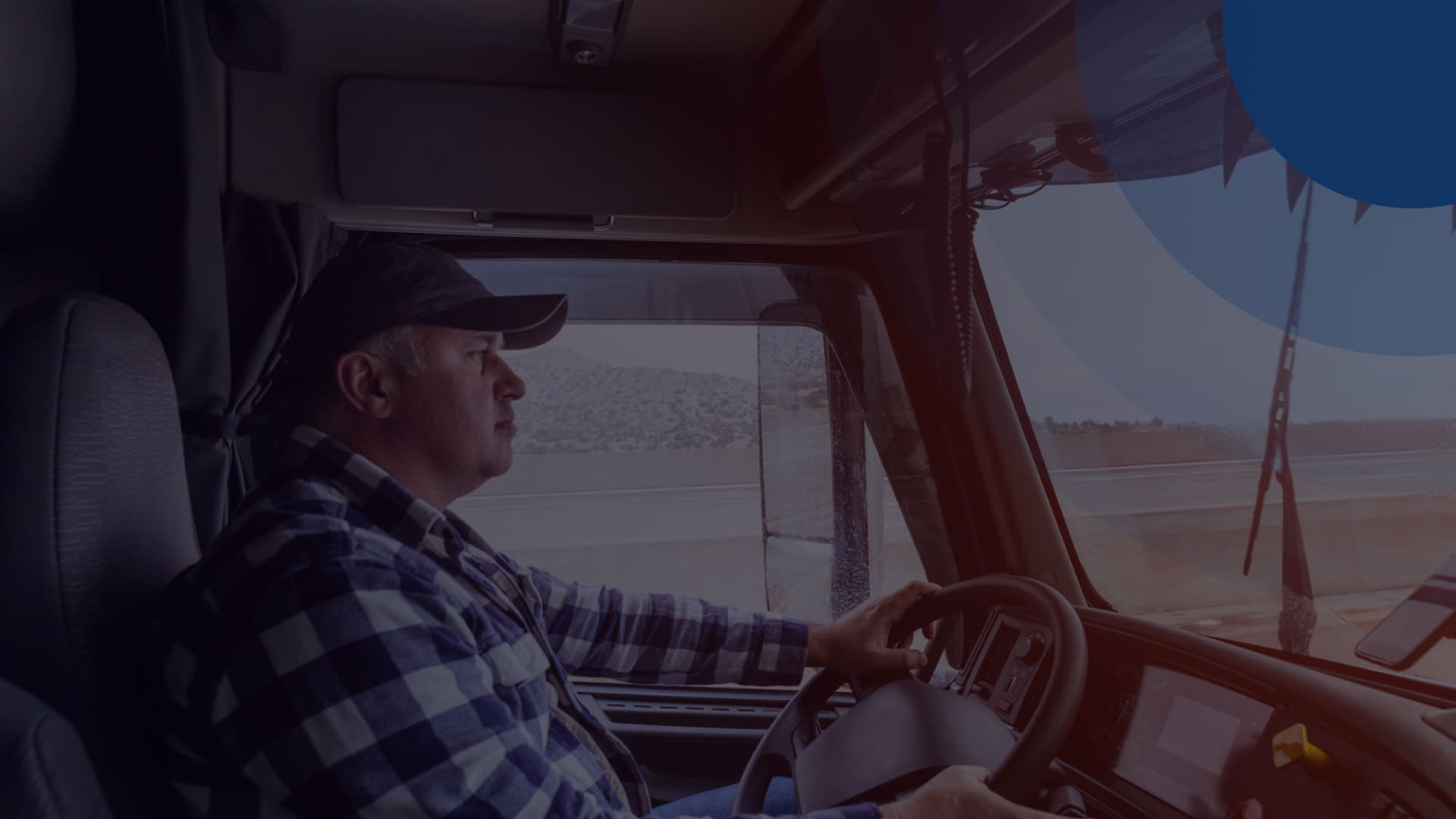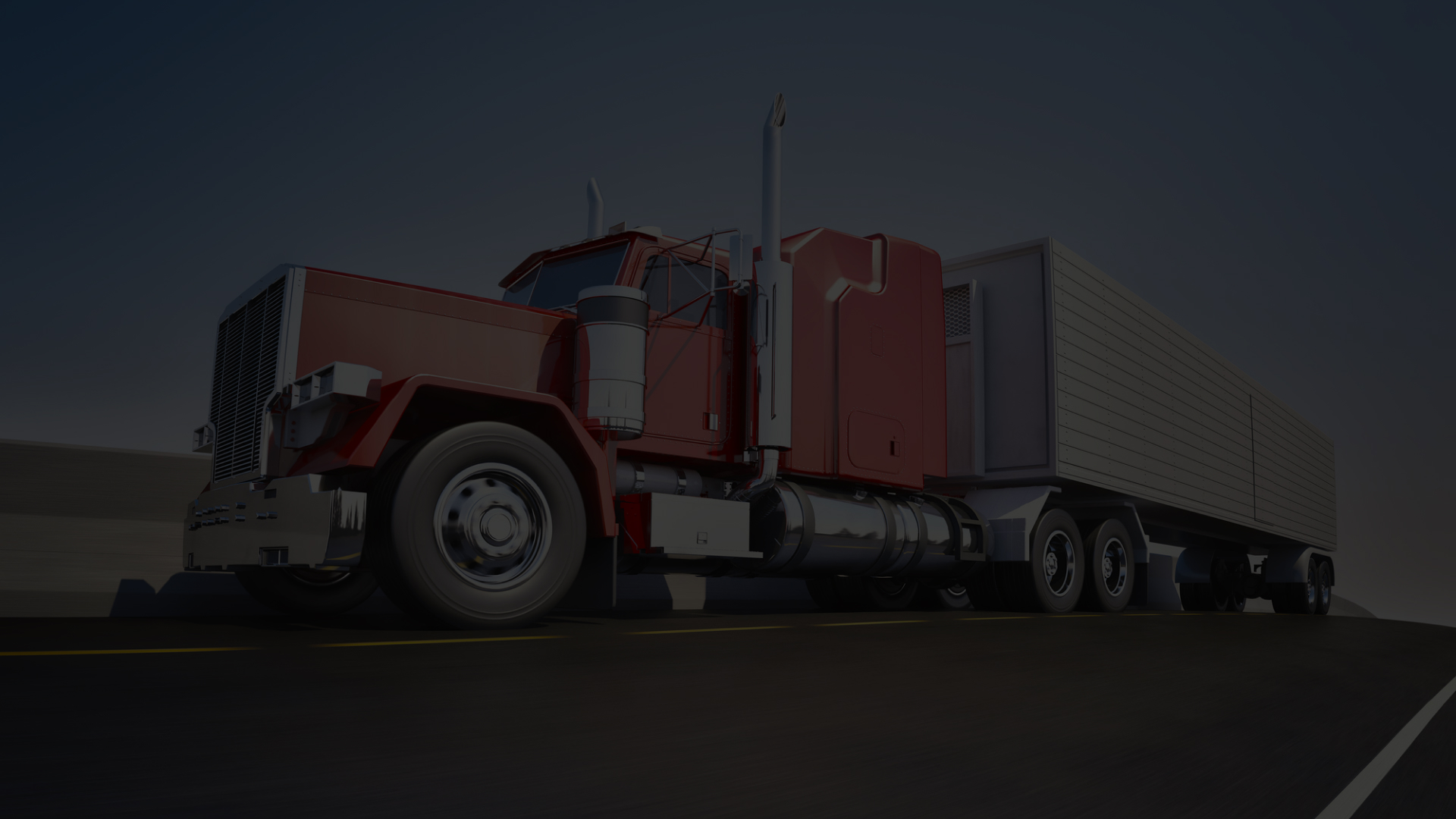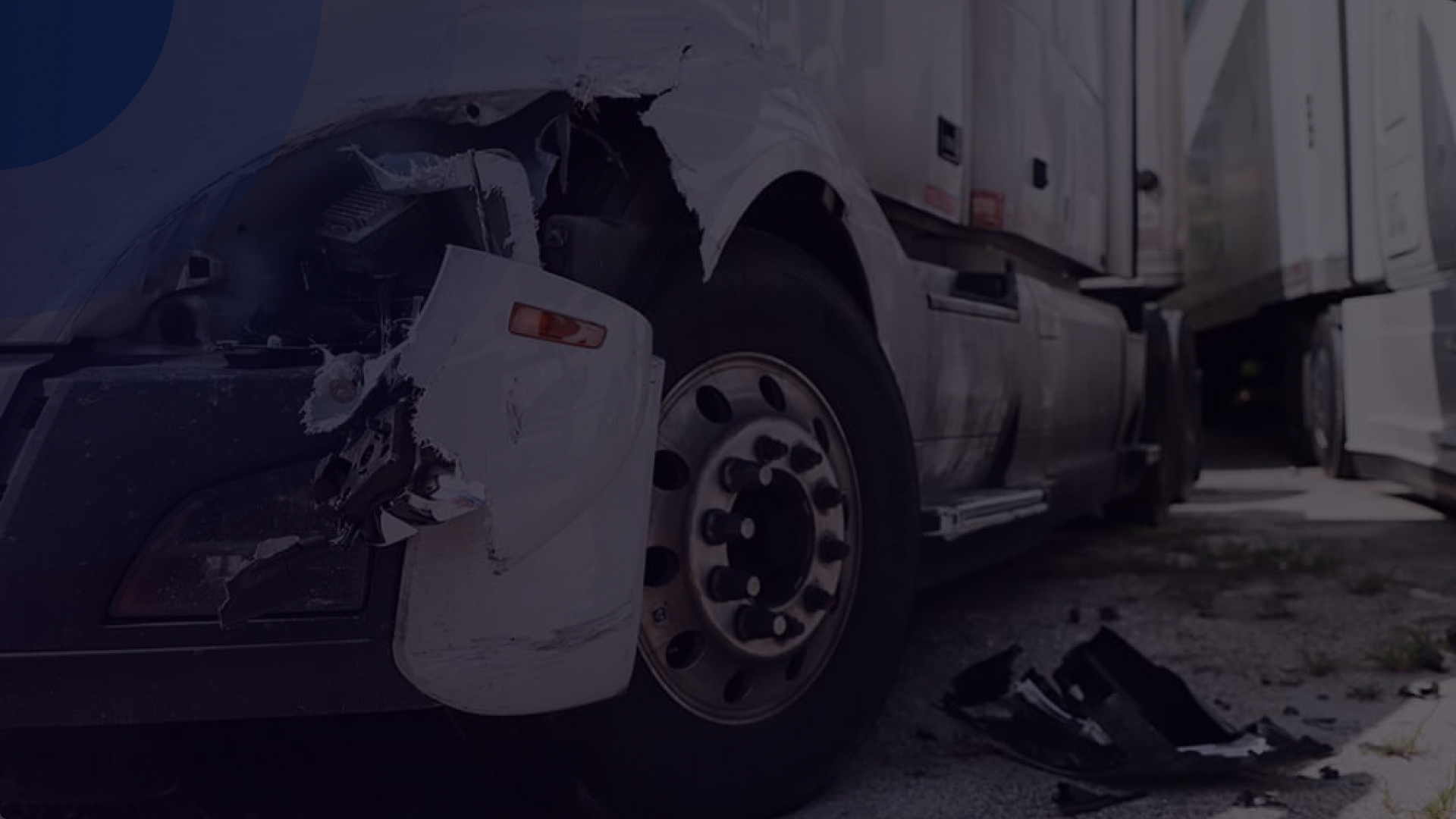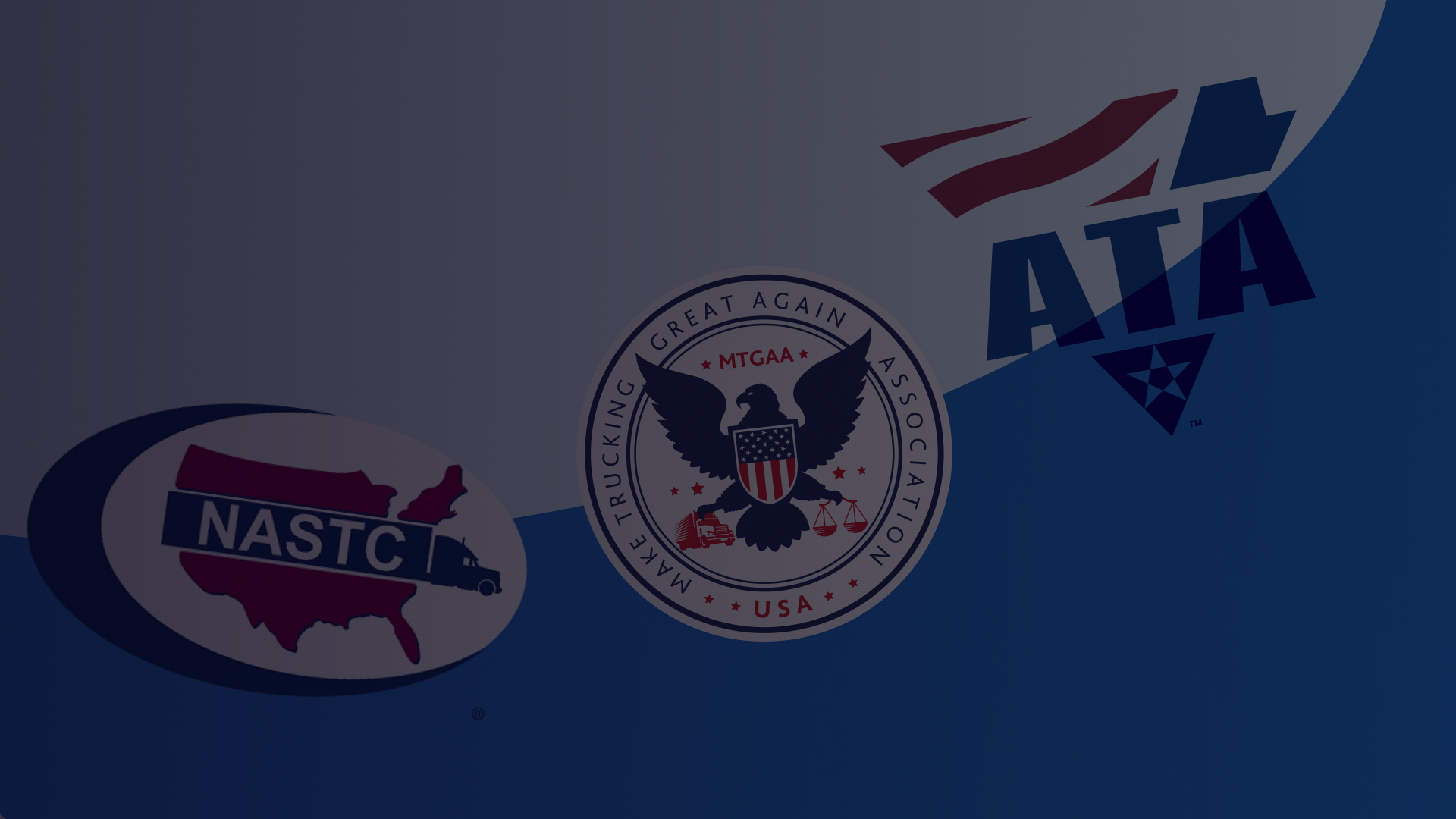Staying ELD compliant in 2025 isn’t just about avoiding fines — it’s about keeping your fleet efficient, drivers safe, and business legally protected. Whether you’re a fleet manager, owner-operator, or safety officer, understanding how ELD rules work (and what tools to use) is essential.
In this guide, we’ll break down what ELD compliance is, who needs to follow it, and how platforms like Ezlogz.com are helping carriers simplify the entire process with modern, FMCSA-approved tools. Read on to learn everything you need to support your business!
What Is an Electronic Logging Device (ELD)?
An ELD is a piece of hardware that connects to a vehicle’s engine to automatically record driving time, duty status, and other key data required under Hours of Service (HOS) regulations. Modern ELDs, also offer real-time tracking, diagnostic alerts, and inspection-ready reporting — all in one unified system.
An ELD typically records the following data:
- Driving hours and time on the road;
- Engine status (on/off);
- Vehicle movement;
- Location information (via GPS);
- Miles driven.
The primary purpose of an ELD is to prevent driver fatigue by enforcing limits on how many hours a driver can operate a vehicle before resting.
What Is ELD Compliance?
ELD compliance means using an FMCSA-approved device that meets all legal standards for recording and transmitting HOS logs. If you’re pulled over or audited, your records need to be accessible and accurate. Full compliance requires:
- Using an FMCSA-registered ELD that meets all technical specifications;
- Automatically recording engine data, drive time, mileage, location, and driver identity;
Classifying duty status changes (Driving, On-duty, Off-duty, Sleeper Berth); - Transferring logs via wireless web services, email, USB, or Bluetooth during inspections;
- Retaining records for at least six months, including supporting documents;
- Training drivers and back-office personnel on using the system correctly and handling malfunctions.
In short, ELD compliance ensures that the right device is being used correctly — with proper processes in place for tracking, reviewing, storing, and sharing log data. That’s why many fleets use the solution provided by Ezlogz as it provides a fully-compliant ELD.
Who Needs to Use an ELD?
Most drivers of commercial motor vehicles (CMVs) who are required to keep Records of Duty Status (RODS) must use an ELD. This includes long-haul and interstate drivers, and applies to both individual owner-operators and large fleets. Usually, this involves:
- Commercial motor vehicle operators required to maintain HOS records
- Most carriers in interstate commerce with vehicles over 10,000 lbs
- Drivers who previously used paper logs more than 8 days in a 30-day period
Notable exemptions include:
- Vehicles manufactured before the year 2000;
- Drivers using the short-haul exemption (150-air-mile radius);
- Driveaway-towaway operations;
- Certain agriculture and livestock haulers.
However, you should always check with the FMCSA’s list to be sure.
Why Is ELD Compliance Important for Fleets and Drivers?
Staying compliant with ELD regulations helps you avoid penalties and audits. But beyond legality, ELD compliance:
- Improves road safety by preventing driver fatigue;
- Increases accountability and transparency;
- Helps fleets optimize route planning and reduce idle time;
- Ensures faster inspections and better CSA scores.
The consequences of non-compliance can be steep:
- Fines and penalties for both the carrier and driver;
- Out-of-service orders during roadside inspections;
- Lower CSA scores, affecting future contracts and insurance rates;
- Legal liability in case of accidents or investigations.
For companies operating on tight margins, even a minor violation can lead to serious operational and financial setbacks.
ELD Compliance Requirements
Let’s take a closer look at all the requirements.
Hours of Service (HOS) Tracking
The core function of an ELD is to ensure drivers comply with federal HOS rules, including limitations on daily driving hours, rest breaks, and weekly on-duty time. The ELD automates this process by tracking when the engine is running and when the vehicle is in motion.
Real-Time Location Logging
Compliant ELDs must log the vehicle’s location:
- At 60-minute intervals while in motion;
- At engine start and shutdown;
- When the driver logs in or out;
- Whenever the driver changes duty status.
This data helps verify HOS logs and provides enforcement officers with an audit trail of vehicle movement.
Data Transfer and Storage Standards
To pass an inspection, ELDs must support data transfer via:
- Telematics: web services or email;
Local methods: USB or Bluetooth.
In addition, carriers are required to store all log data for a minimum of six months, alongside supporting documents (fuel receipts, toll records, etc.) that can validate the logs.
Driver Certification and Edits
Drivers must review and certify their logs daily. If a correction or update is needed, the ELD must:
- Record a timestamp for every edit;
- Require a note explaining the reason for the change;
- Keep all original entries visible to both the driver and the carrier.
This process ensures full transparency and minimizes the risk of falsification or manipulation.
Key Features of a Compliant ELD
Automatic Recording of Driving Time
A compliant ELD begins logging driving activity automatically once the vehicle exceeds a speed threshold of 5 miles per hour. This feature ensures that drive time is accurately recorded and cannot be started, paused, or manipulated manually by the driver. The system also stops the driving timer when the vehicle is stationary for a specified period, maintaining precise HOS data.
Vehicle and Driver Identification
Each ELD links operational data to both the vehicle and the driver through unique identifiers. The driver logs in using a personal ID, while the device captures vehicle information through its connection to the engine control module (ECM). This dual identification process ensures full traceability of each log entry and supports accountability in case of audits or roadside inspections.
FMCSA-Approved Format
In the United States, only devices listed on the FMCSA’s Registered ELD List are considered compliant. These devices have been tested to meet stringent federal technical standards, including performance benchmarks for connectivity, data retention, and display formatting. Similarly, in Canada, compliant ELDs must be certified by Transport Canada-approved third-party certification bodies to ensure compatibility with Canadian HOS regulations.
Tamper Resistance
A compliant ELD must be designed to detect and prevent tampering. This includes blocking unauthorized edits, logging any disconnections or data transfer failures, and flagging inconsistencies in the log. All edits to log data must be accompanied by an explanation and must retain the original version for audit trails. The goal is to make records both secure and transparent, eliminating opportunities for falsification.
ELD Mandate Timeline and Regulatory History
Key Milestones in the ELD Rollout
- 2015 – FMCSA announces the ELD rule;
- 2017 – ELDs become mandatory in the U.S.;
- 2019 – AOBRDs fully phased out;
- 2023 – Canada enforces national ELD mandate with certification requirements.
AOBRD vs ELD: What Changed
AOBRDs offered limited functionality and manual entry. ELDs add real-time tracking, automation, and secure audit trails, making them more robust for compliance.
Exceptions to the ELD Mandate
Short-Haul Exemptions
Drivers operating within a 150 air-mile radius and returning to the same work location daily may be exempt if certain conditions are met.
Vehicles Older Than 2000
Trucks with engines manufactured before the year 2000 are exempt, due to incompatibility with ELD hardware.
Driveaway-Towaway Operations
When the vehicle being driven is the commodity being delivered (e.g., vehicle transport), ELDs may not be required.
ELD Compliance by Region: USA vs Canada
Technical Requirements for USA
- ELDs must be on the FMCSA’s registered list;
- Support for specific HOS rules;
- Secure data transfer via Bluetooth, USB, or telematics;
- Driver certification and log edit tracking.
Technical Requirements for Canada
- Third-party certification required (not self-certified like in the U.S.);
- Full bilingual support (English/French);
- Slightly different HOS rules (e.g., 13-hour driving limit).
How ELD Compliance Affects Your Fleet Operations
Fleet Efficiency and Safety
With automated tracking, dispatchers can better allocate resources, reduce overtime, and improve on-time delivery rates.
Maintenance and Downtime Reduction
Some ELDs integrate with vehicle diagnostics, helping flag engine issues before breakdowns occur.
Legal Risk and Violation Avoidance
Accurate records reduce the likelihood of HOS violations, DOT fines, and legal disputes in the case of accidents or audits.
How to Choose the Right ELD for Compliance
Checklist for Evaluating Providers
- Is it certified by the relevant authority (FMCSA/Transport Canada)?
- Does it support required data formats?
- Is the hardware reliable and durable?
- Is there a user-friendly app interface for drivers?
Cost Considerations
Look beyond the sticker price. Evaluate:
- Hardware + installation costs
- Monthly subscription fees
- Hidden fees for data storage or support
Training and Support
Choose a provider that offers onboarding, driver training, and responsive technical support. ELD adoption success often depends on how well your team can use it.
Ezlogz: Improving Fleet Management with Compliant Solutions
Looking for a reliable, fully compliant ELD solution? EZLOGZ offers more than just log tracking—it’s a complete fleet management ecosystem designed to simplify FMCSA compliance, enhance driver safety, and boost operational efficiency. With automatic HOS logging, real-time GPS tracking, advanced reporting tools, and 24/7 support, EZLOGZ helps fleets of all sizes stay on the road and in control.
It’s certified, easy to use, and packed with features that go beyond the basics—including dashcams, document scanning, and IFTA reporting. Whether you’re an owner-operator or managing a national fleet, EZLOGZ is the smart, scalable choice for staying compliant and connected.
How ELD Solutions Help Businesses Stay Compliant
Real-Time Fleet Monitoring
Dispatchers get a live view of where vehicles are, how long they’ve been driving, and if they’re approaching HOS limits.
Easy Reporting for Inspections
ELDs simplify roadside inspections with quick data transfer options and clear log summaries, reducing downtime and fines.
Integration with Other Fleet Management Tools
Many ELDs integrate with route planning, maintenance scheduling, fuel tracking, and payroll systems for full operational efficiency.
Ready to Stay Compliant? Here’s What to Do Next
Review Your Fleet’s Compliance Status
Audit current systems to ensure every vehicle subject to the ELD rule is equipped and functioning properly.
Audit Existing ELDs for Certification
Double-check that your ELDs are still on the approved list (regulatory changes happen). Swap any outdated or non-compliant devices.
Train Drivers on Proper Use
Invest in onboarding and refresher training to ensure drivers understand log edits, status changes, and inspection procedures.
Simplify Compliance with Ezlogz – The All-in-One ELD Solution
Managing ELDs doesn’t have to be hard. With Ezlogz.com, you get a powerful, certified, user-friendly platform trusted by thousands of fleets across North America.
- FMCSA & Canadian certified;
- Real-time GPS & HOS tracking;
- Mobile driver app;
- Fleet-wide visibility;
- Free onboarding & 24/7 support.
Explore features and download the Ezlogz app to start managing compliance with confidence today.











Comments